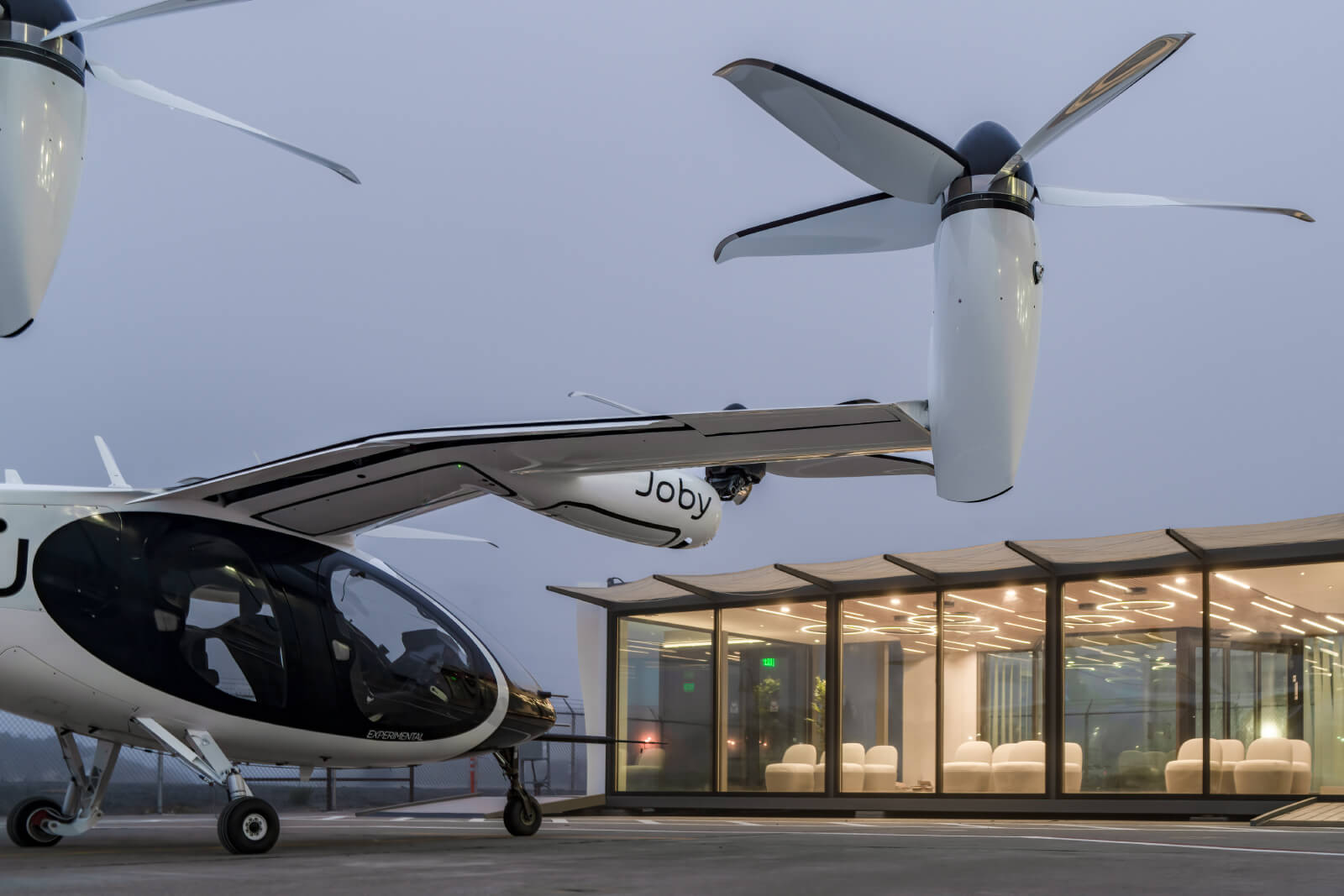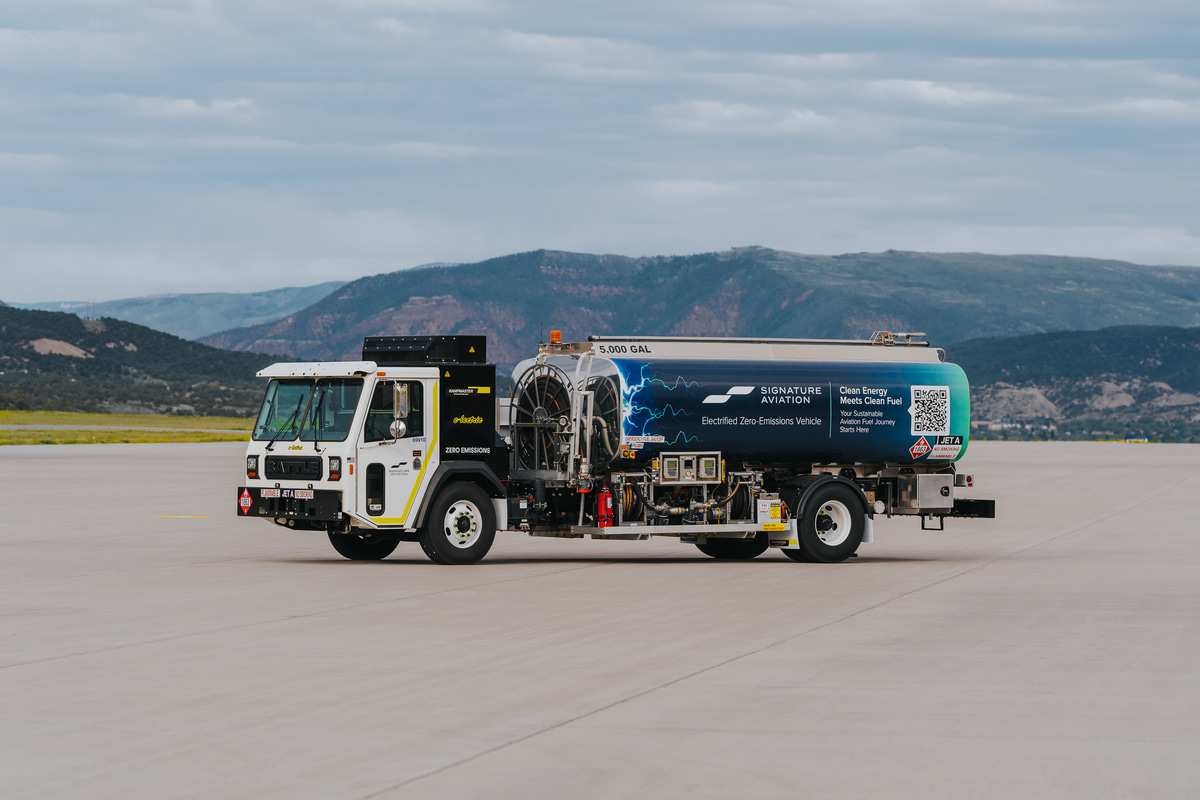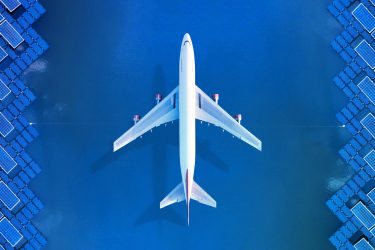Imagine arriving at Raleigh-Durham International Airport (RDU), where your search for parking leads you to Park Economy 3, a vast expanse now powered by the sun’s relentless energy. This is not a glimpse into a distant, utopian future but the reality taking shape at RDU. The airport authority’s decision to invest an additional $1 million in solar panel-equipped walkway roofs marks a significant step towards sustainability. This initiative, partly fueled by a federal tax credit, is set to transform the airport’s largest remote parking lot into a beacon of renewable energy.
A Bold Step Forward
At the heart of this initiative lies the installation of solar panels covering 40% of the walkway canopy roof in Park Economy 3. This strategic move is not just about harnessing solar energy; it’s about integrating sustainability into the very fabric of the airport’s operations. The panels are expected to offset approximately 84% of the lot’s annual energy usage, a testament to the potential of renewable energy in large-scale applications. With the federal tax credit covering around $462,000 of the costs, and the remaining investment poised to be recouped through energy savings within 11 years, RDU’s venture into solar power is as economically viable as it is environmentally responsible.
More Than Just Parking
RDU’s foray into solar energy extends beyond the pragmatic need to power parking lots. It reflects a broader commitment to sustainability and carbon emission reduction, themes that are increasingly becoming non-negotiable in the face of global climate challenges. This initiative places RDU alongside pioneers like Denver International and Indianapolis International airports, who have already embraced solar power. However, RDU’s approach, focusing on on-site generated solar energy to power its operations, underscores a recognition of the role airports can play in fostering sustainability within the aviation industry.
Looking to the Future
The deployment of solar panels at Park Economy 3 is just the beginning. RDU’s sustainability management plan prioritizes renewable energy, suggesting that this initiative is part of a larger, more ambitious vision. As airports worldwide grapple with the dual challenges of increasing demand and environmental sustainability, RDU’s project offers a blueprint for integrating renewable energy solutions into their infrastructure. This move not only enhances the airport’s environmental credentials but also sets a precedent for others to follow, signaling a shift towards more sustainable aviation practices. In a world where sustainable solutions are no longer optional but imperative, RDU’s investment in solar energy stands as a testament to the power of innovative thinking and commitment to environmental stewardship. As passengers traverse the solar-powered walkways of Park Economy 3, they become part of a larger narrative—one that speaks to the possibilities of a sustainable future, powered by the sun.













